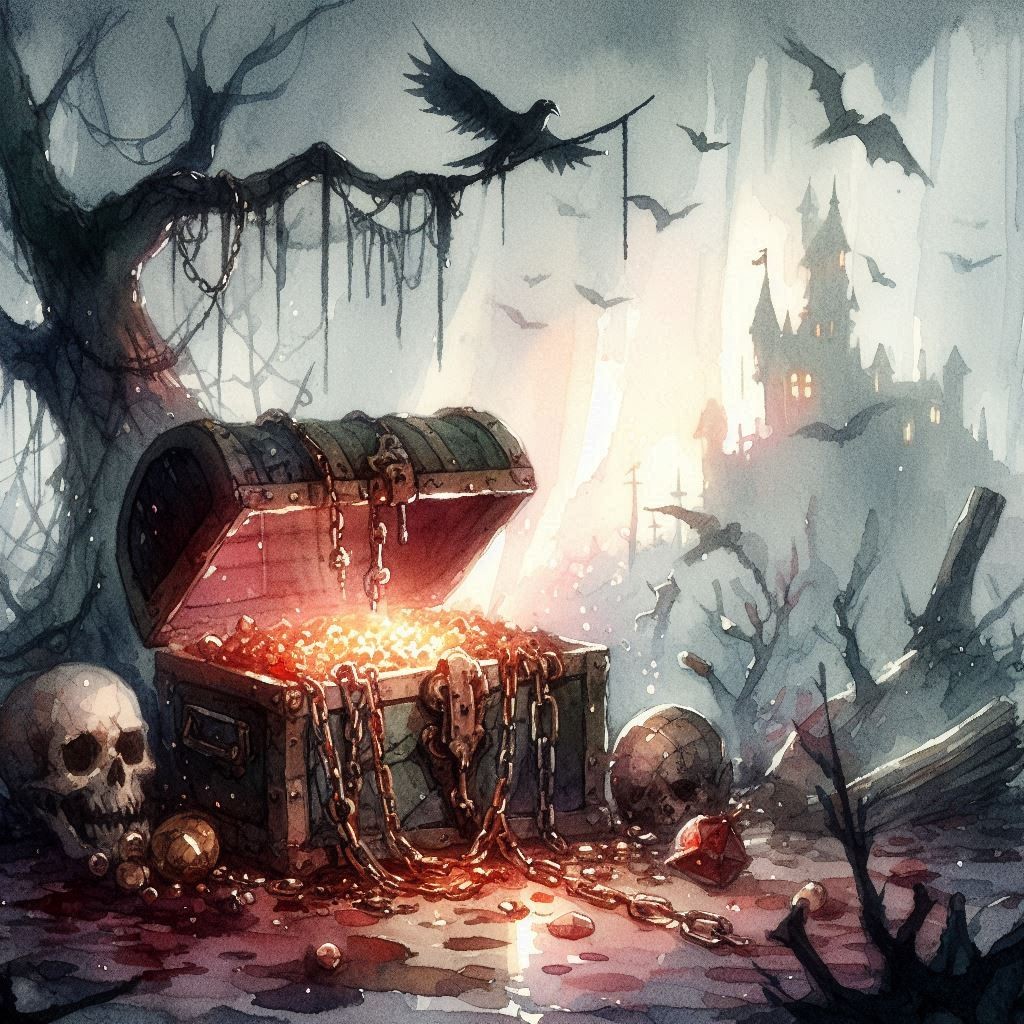Cursed Treasures: Artifacts That Bring Misfortune to Their Owners
These glittering objects are more than gems and relics—they are stories that have haunted their owners for centuries. Across roughly 350 years, the most famous cursed treasures have been said to carry a heavy price: about 20 major misfortunes, including four murders, three suicides, and five bankruptcies. This slideshow peels back a few of the best‑known legends and what they reveal about desire, power, and fate.

In This Article:
Hope Diamond: A 350-Year Saga of Fortune and Misfortune
The Hope Diamond is a 45.52‑carat blue gem whose saga began in 17th‑century India. It was reportedly stolen from the eye of a statue of the goddess Sita and carried to Europe by the French traveler Jean‑Baptiste Tavernier, who later sold it to King Louis XIV. According to legend, Tavernier’s sale set off a series of fateful events. He is said to have been mauled by wild dogs after transferring the diamond to the French king. Over the centuries, owners such as Louis XVI and Marie‑Antoinette were executed during the French Revolution; Princess de Lamballe was killed by a mob. The Hope family itself endured misfortune as well: Lord Henry Philip Hope died bankrupt, his nephew killed himself, and a great‑nephew fell into ruin. In 1958, American jeweler Harry Winston donated the diamond to the Smithsonian Institution. Since then it has resided in the museum, and the tale of the curse has faded somewhat. Across its 350‑year history, researchers tally roughly 20 major misfortunes among its owners, including four murders, three suicides, and five bankruptcies.

Black Orlov: The Eye of Brahma and a Century of Tragedy
The Black Orlov, also known as the Eye of Brahma, is a 67.5‑carat diamond of dark gray with a greenish tint. Legend holds that it was cut from the eye of a Brahma statue, and a monk who desecrated the statue was later mauled by a tiger. In the early 20th century the stone moved through European hands, from a Russian prince named Orlov to others. After Naděžda Orlov–the owner who brought the gem to Europe–died in a car crash with her son, the diamond was divided into three pieces in an attempt to “break” the curse. Historical accounts note at least seven violent deaths among owners in about a century, with five suicides. The curse narrative endures in popular folklore, even as many scholars view the deaths as a statistical pattern of the era.

Tutankhamun's Tomb: The Pharaoh's Curse and the Death Toll
Howard Carter’s 1922 discovery of Tutankhamun’s tomb sparked a legend of a pharaoh’s curse. The first widely cited figure is Lord Carnarvon, who financed the expedition and died of infection months after the tomb was opened. His death fed sensational headlines and popular myth. Over the following decade, several other people connected to the expedition died—physician Archibald Reid, and secretary Richard Bethell among them. Yet Carter himself lived another 17 years, dying of natural causes at 64. Modern reviews of the data show that among the 58 people present at the tomb’s opening, eight died within the first 12 years—roughly in line with the era’s life expectancy and not evidence of a supernatural curse. Still, the legend persists and continues to captivate the public imagination.

Koh-i-Noor: The Mountain of Light and a Crown's Shadow
The Koh-i-Noor measures 105.6 carats and has a history spanning roughly five thousand years, passing through many empires and rulers. Indian legend says it was taken from Krishna and cursed to bring misfortune to male owners while blessing female rulers. In 1849 the diamond came into British crown custody, and since then it has been closely tied to the fortunes of Britain’s queens. Queen Victoria reigned for 63 years, and Elizabeth II’s reign became the longest in modern history; some credit the diamond’s presence with shaping those leadership stories. Historical records count at least 15 violent deaths among male owners in five centuries, including six murders and four dethronements. Today the Koh-i-Noor is part of the British Queen Consort’s crown and is kept at the Tower of London.

